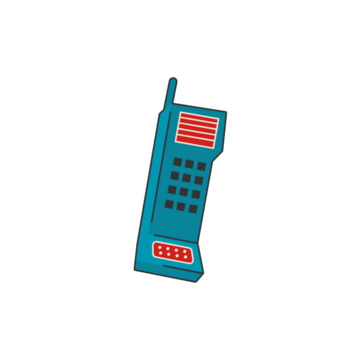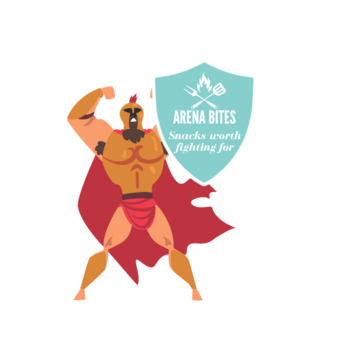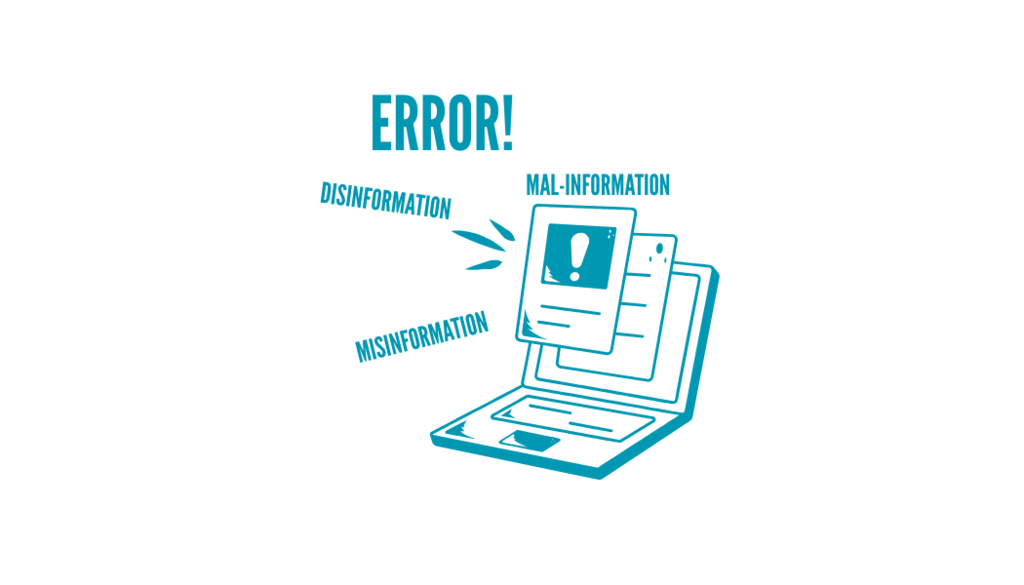
Media Literacy for Dinosaurs (or Millennials, whatever):
What’s Different, What’s the Same?
By: David Sherrell
When I was young, there were few regulations about how businesses could advertise their products to children.
This wasn’t always the worst thing – for example, we got some killer commercial jingles out of the deal (check YouTube, I can’t teach you everything). Some of my favorite cartoons were created as long-form commercials for toys. Among other properties, He-Man, the Transformers, G.I. Joe and My Little Pony, but surprisingly not the Turtles, were literally developed as toys first, then the entertainment content created around them. (Leo, Mikey, Raph and Don (and Splinter) got to be fairly edgy comic book characters for quite a while before they were made into kid-friendly toys, after which the first animated series was created.)
My mother never liked it.
She resented the pressure to purchase toys to secure my elementary-school social status and she really resented the advertising agencies’ obvious yet devious manipulation of my elementary-school mind (and the minds of my peers) on principle. That last bit wasn’t something I fully understood until I started growing my own sense of media literacy – basically, the ability to analyze and decode media messages, understand any intended persuasion and the techniques used to influence me, think critically about the role of media in society, and participate healthily in all forms of digital communication. Of course, “digital communication” didn’t exist when I finally got all four Turtles for my tenth birthday (great party that year), nor did the larger concept of digital citizenship – how we wield our media literacy and engage in the public arena through digital communication, how we treat one another in the digital sphere. There was, after all, no publicly accessible internet at the time.


There was, after all, no publicly accessible internet at the time. Mobile technology consisted of “carphones” the size of household landline units that perched between the front two seats or hung precariously from center consoles. (There were also these things called “pagers” but like I said I’m not here to give you the deep dive into days gone by!)
But advertisements are timeless. Gladiators fighting in the ancient arenas often had product placement on their shields and armor, and town criers would promote various products or shops by associating them with certain gladiator spokesmen – basically, your first commercials!2 Not being quite that ancient, media literacy was just another skill I had to grow twice: once to begin navigating my place in the world on my own in childhood, the second time twenty years later because the world had changed so much it was basically a new map for me to have to re-navigate. I never developed my mother’s objection to cartoons as toy advertisements as part of this process, but I certainly understand the objection more now than I did as a kid. It feels…kinda manipulative, doesn’t it? Most commercials are a few seconds long, but these were thirty-minute spectaculars! Geared to get straight into the brains of five-year-olds and start their lifetime of wanting more things than they probably can or should have, nice and early. Each half-hour a near-guaranteed FOMO generator.

Advertising executives both do and don't understand kids.
The execs can be connected enough to child psychology to understand what techniques will influence kids to pressure their parents to spend any available dollar on their products – yet disconnected enough to occasionally fail mightily when the actual content they show us misses “must-have” and hits “must-cringe”. This is also timeless: every now and then, an ad you see just doesn’t work – makes you laugh, or makes you think of that Steve Buscemi “How do you do, fellow kids?” meme, or otherwise fails to persuade you to want that thing.
Understanding this connect/disconnect trend – which is something you can’t unsee once you start seeing it – is a media literacy task. (To be fair, sometimes the cringe comes from the product itself rather than the content developed to sell it. Play a game with yourself: next time you see an ad like this, see if you can tell which is the source of the miss.) Other tasks include recognizing content that contains bias, information packaged to influence you toward one conclusion over others, and recognizing just plain old wrong content.

There are three basic kinds:
1.) Misinformation: information that is mistaken, or unintentionally false
2.) Disinformation: information that is intentionally false, developed and publicized in order to manipulate or harm
3.) Mal-information: information that is technically true, but used out of context in order to mislead (my parents called this “lying with the truth”…when I did it to get away with stuff as a kid…)

(Sidebar: disinformation and mal-information sometimes belong to another category you may have heard of, propaganda. Information is propaganda when the message you’re receiving – whether correct but biased information, mal-information, or disinformation – is meant to influence your opinion or behavior related to some cause, idea, or “agenda”. Recognizing propaganda when you see it is a vital media literacy skill. Propaganda isn’t always full of incorrect or intentionally misleading information, but it is always slanted – meaning, it wants you to draw a specific conclusion among the choices available to you.)
Next time we’re going to use all the skills and terms we’ve just discussed to actually talk about nicotine and other drugs. I’ve spent this whole post talking about toys and related products and media. Let me ask you a question, just something to pause and reflect on: how can the same techniques used to sell us these toys in our youth also influence our opinions on alcohol or other drugs? Because that’s what I’m really supposed to be writing about, all this toy stuff was either just an excuse to wander down Memory Lane or a mildly manipulative way to ease you into a discussion that can get pretty.
(Yeah, it’s both things. Sorry not sorry.)

References
Media Literacy Now. What’s in a name: Defining media literacy [Internet]. Media Literacy Now. 2024 [cited 2025 Apr 13]. Available from: https://medialiteracynow.org/what-is-media-literacy-what-is-digital-literacy-what-is-information-literacy-what-is-news-literacy-what-is-digital-citizenship/
Miączewska AB. Edicta munerum: Advertising and Promotion of Gladiatorial Games in Ancient Pompeii. BRILL; 2025. 362 p.